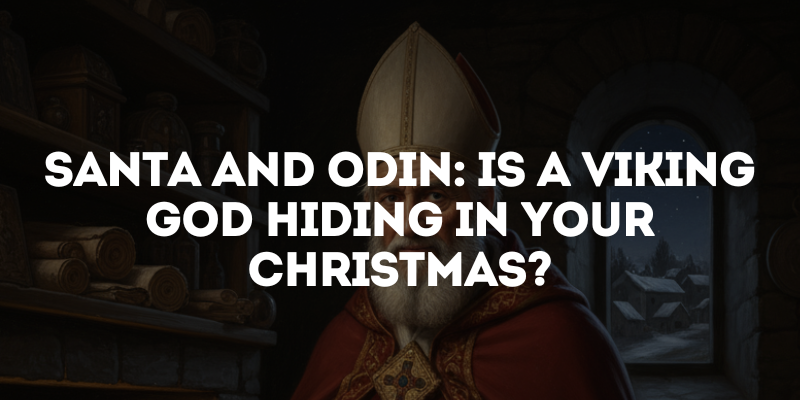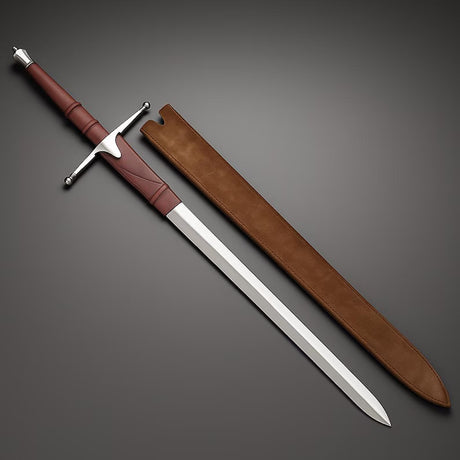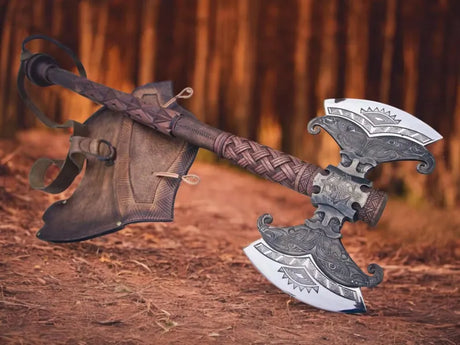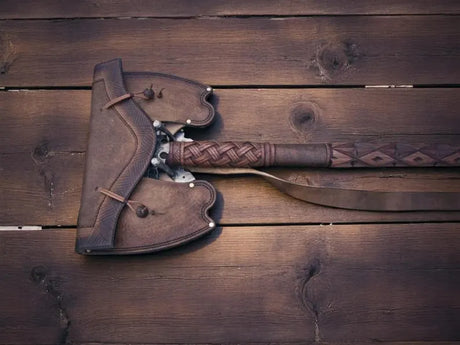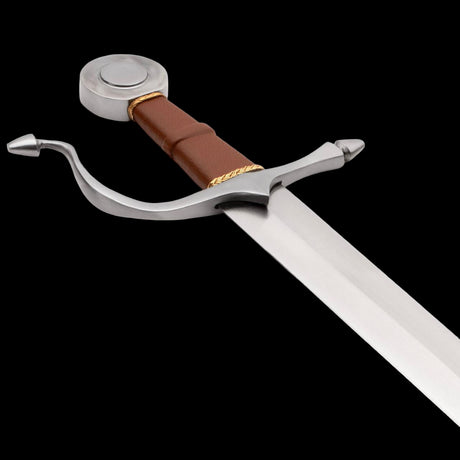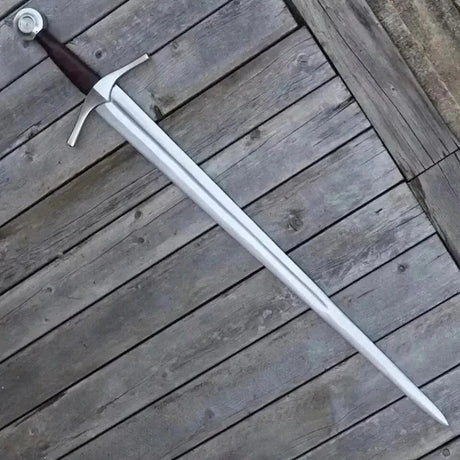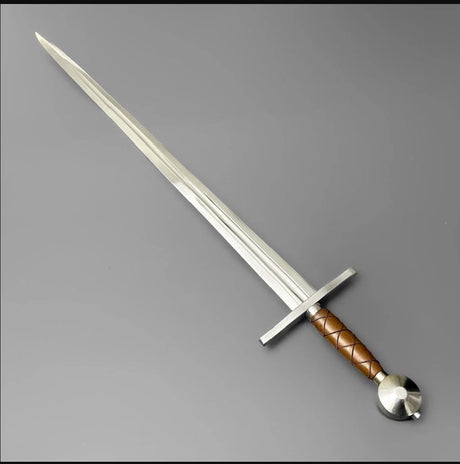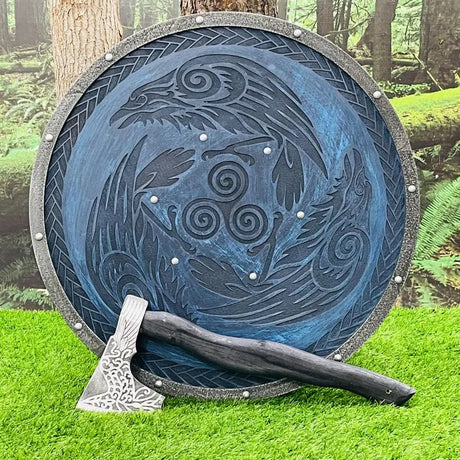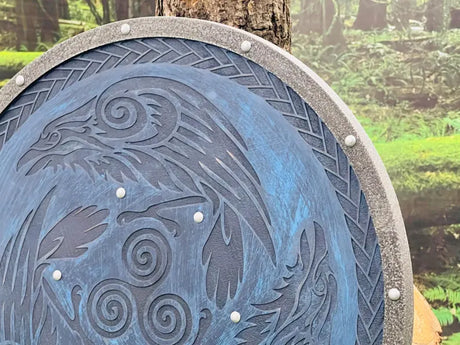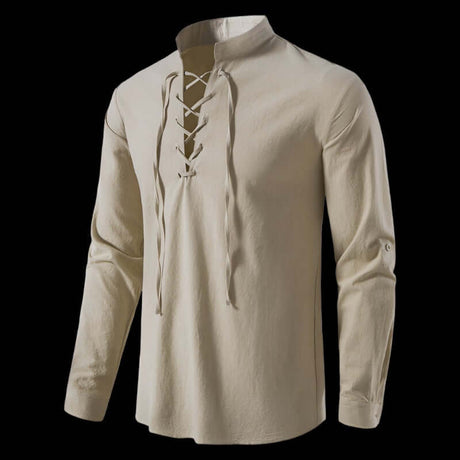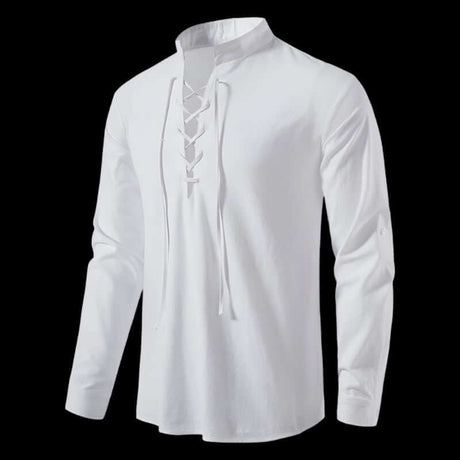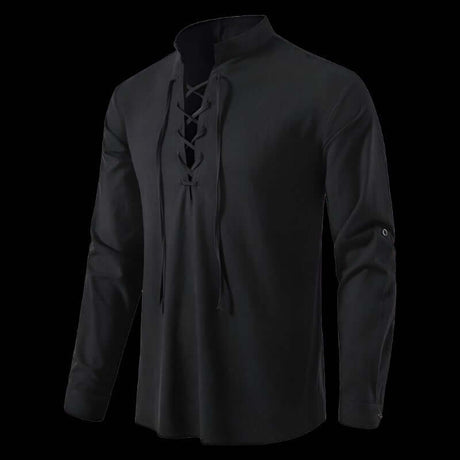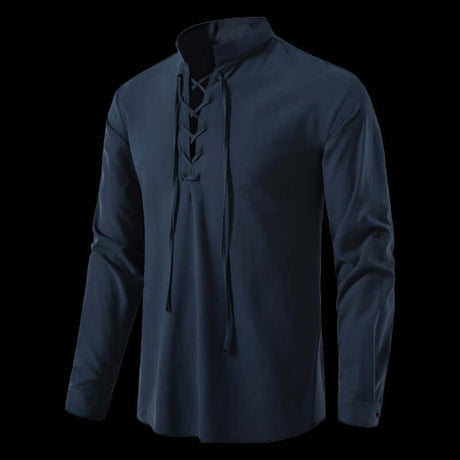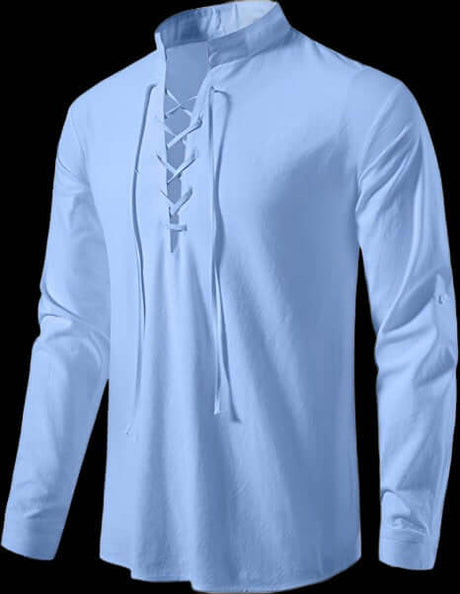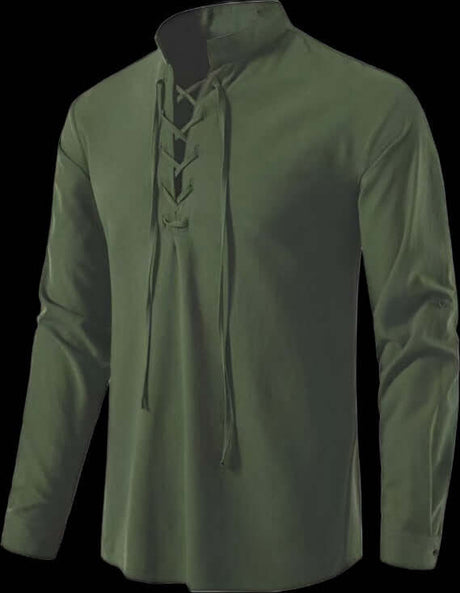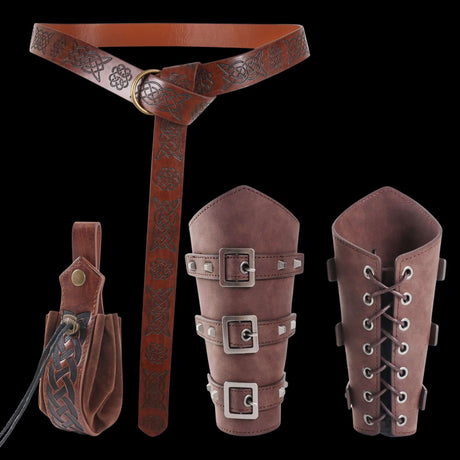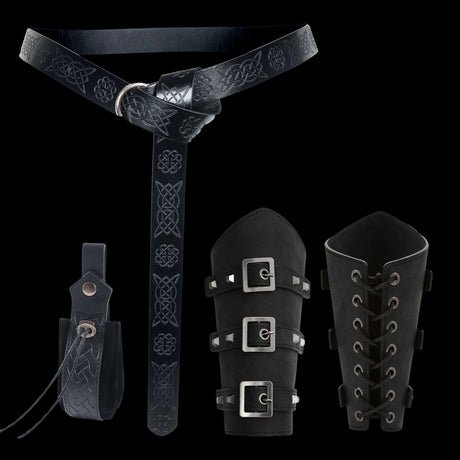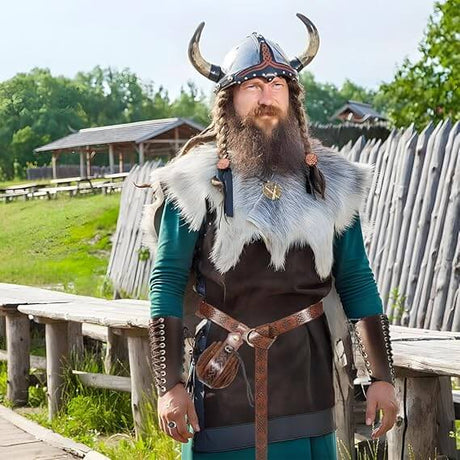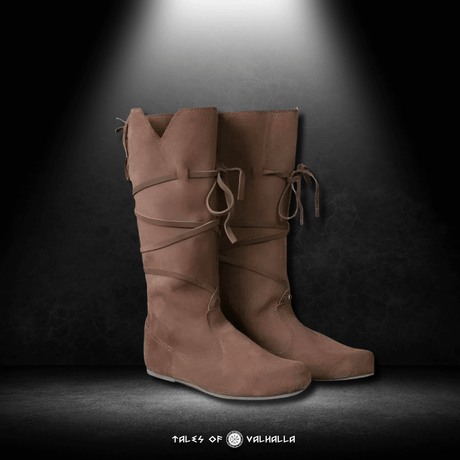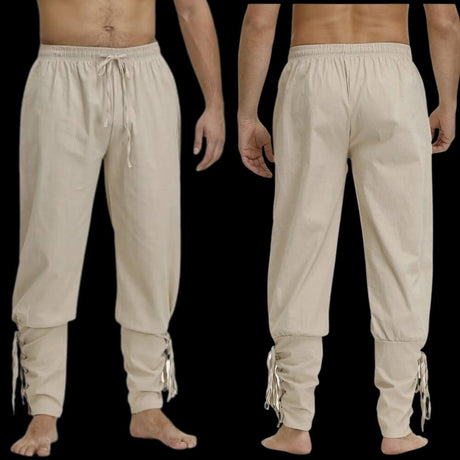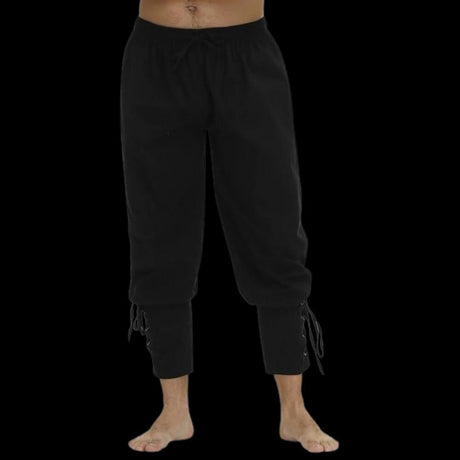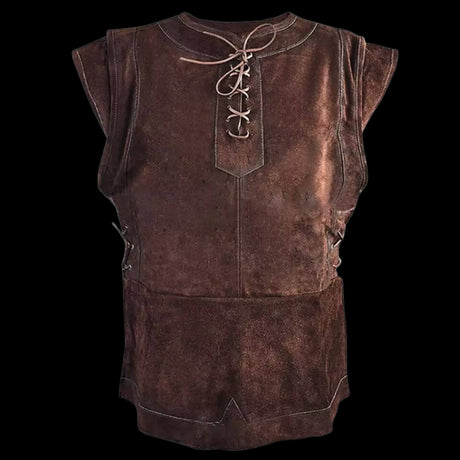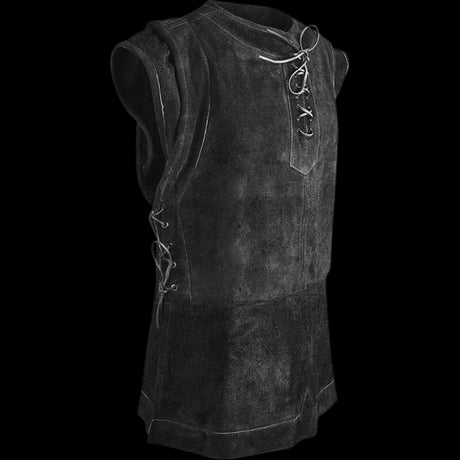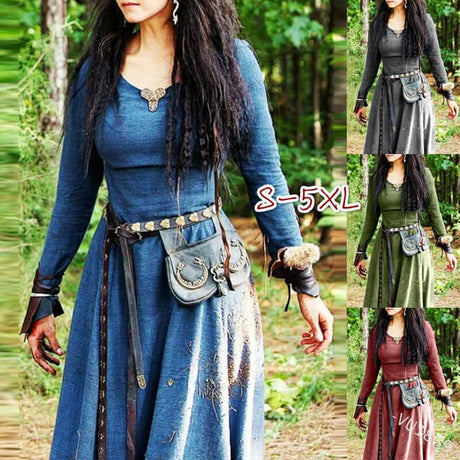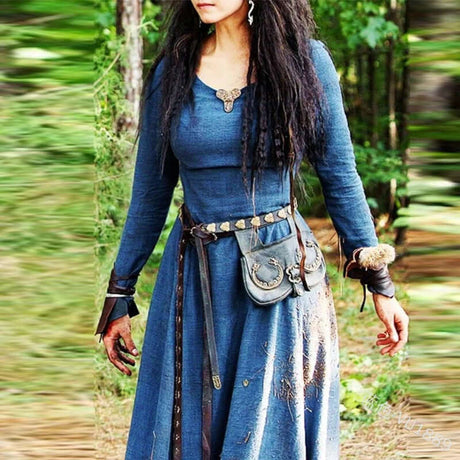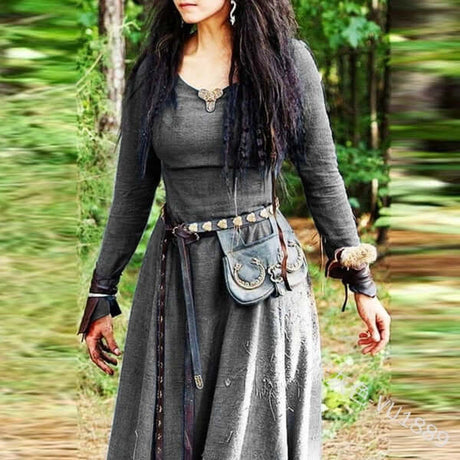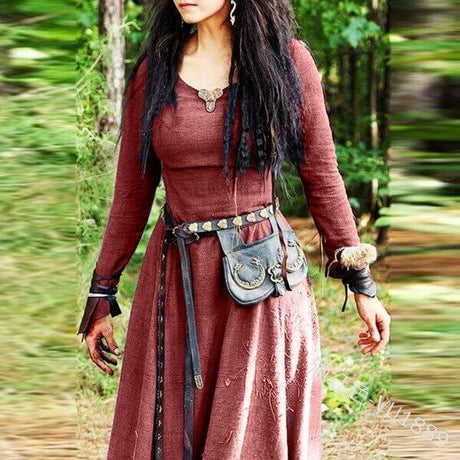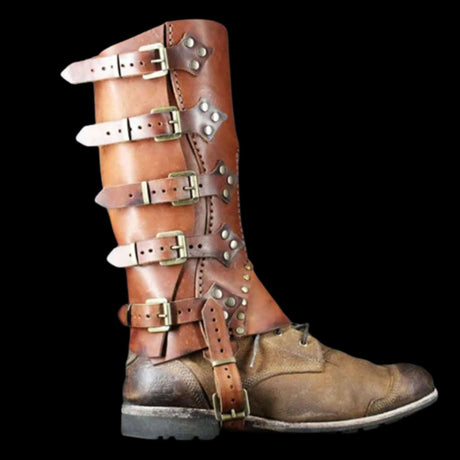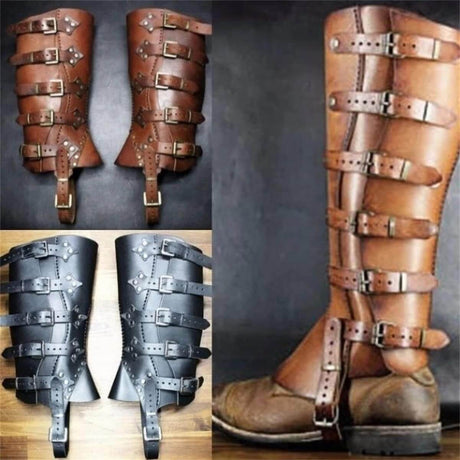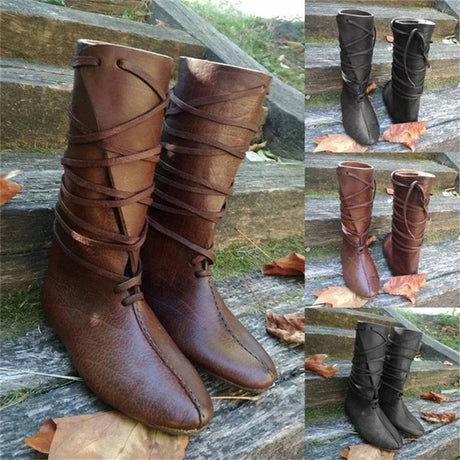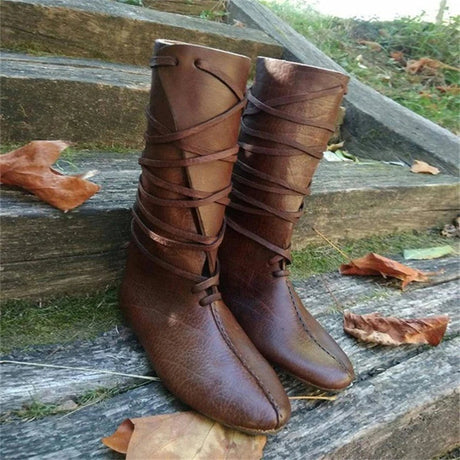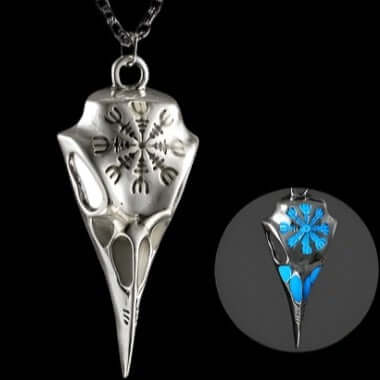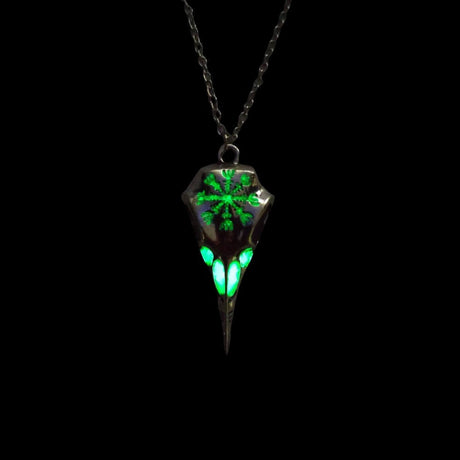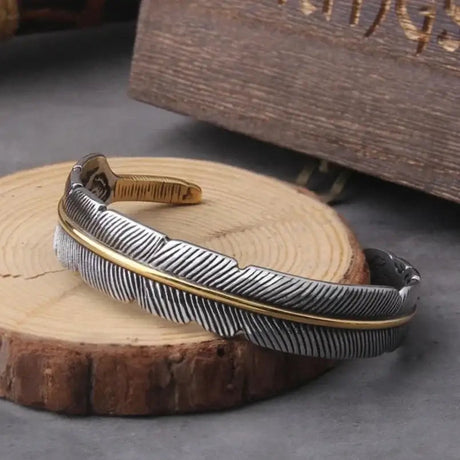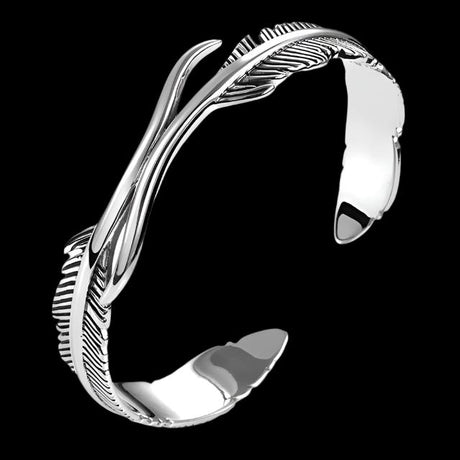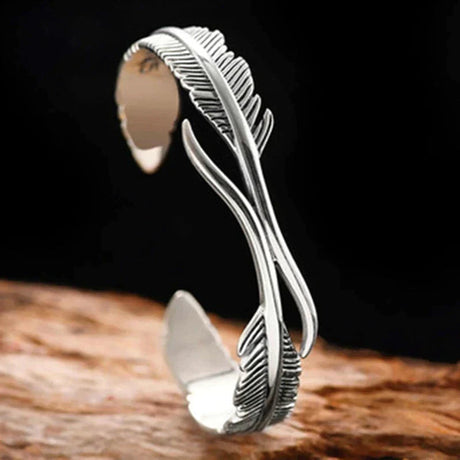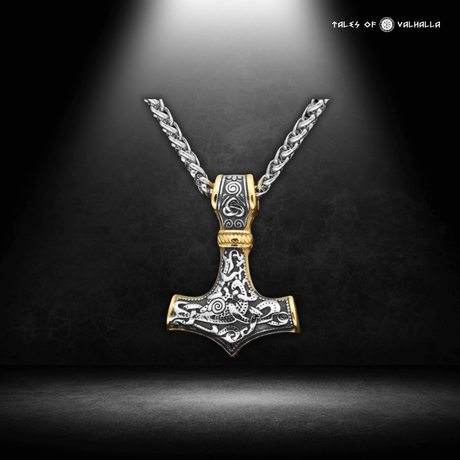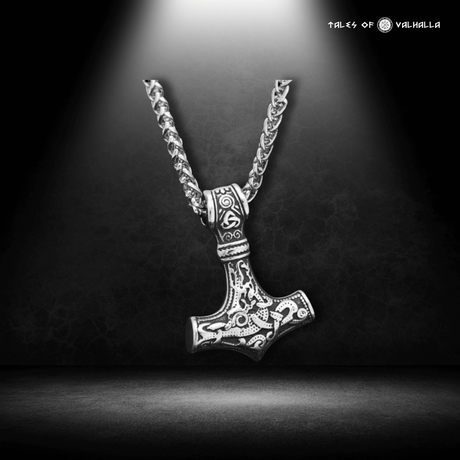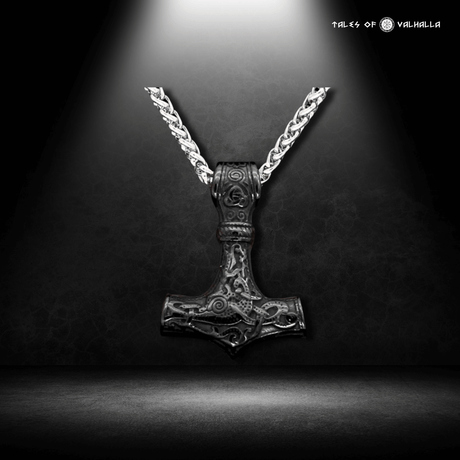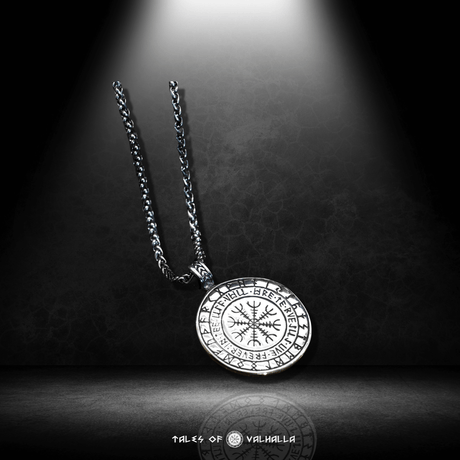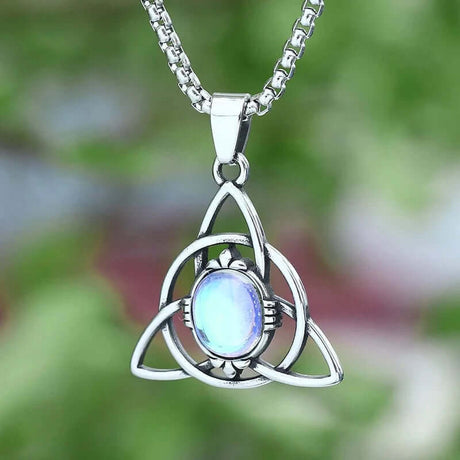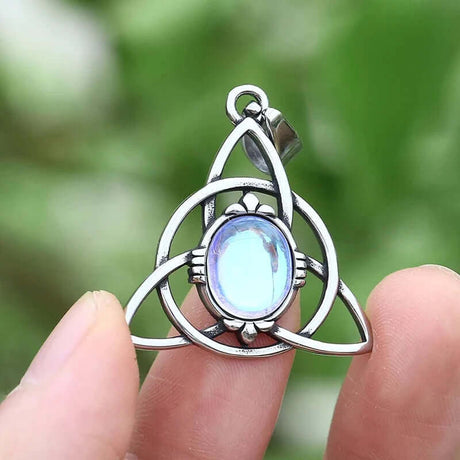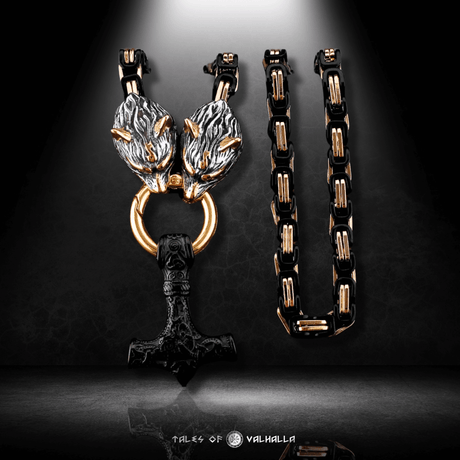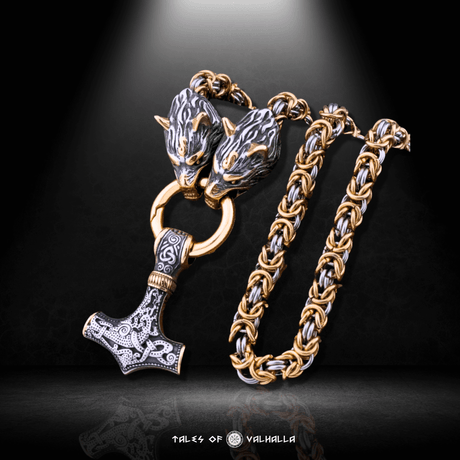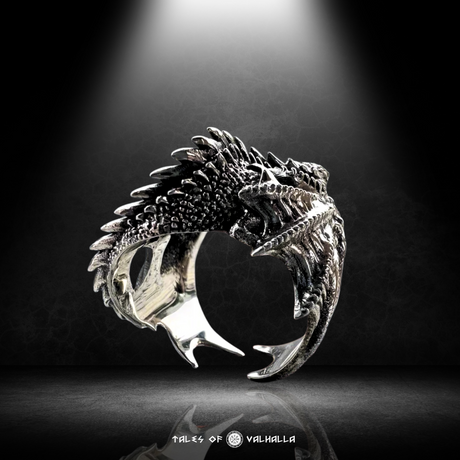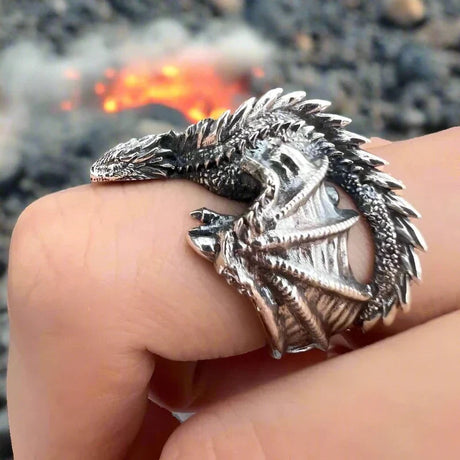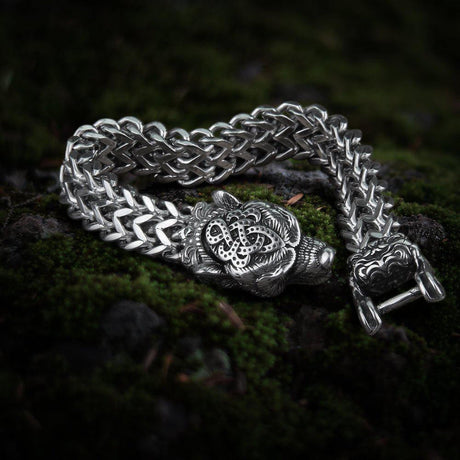As the winter chill settles in across the United States, a familiar magic fills the air. Twinkling lights adorn our homes, carols play on the radio, and children eagerly await the arrival of a jolly, white-bearded man in a red suit. This is Santa Claus, the benevolent bringer of gifts, the very heart of the modern Christmas story. But what if I told you that this beloved figure has a ghostly echo, a much older, wilder, and more powerful ancestor from the snow-swept lands of the North? What if the link between Santa and Odin, the Allfather of the Norse pantheon, is closer than you think?
This is not to say that Santa Claus is secretly a pagan god. The historical origins of Santa are firmly rooted in the Christian figure of Saint Nicholas. However, as Christianity spread, it masterfully absorbed and repurposed the powerful traditions of the pagan world. The midwinter festival of Yule, with its feasting, gift-giving, and supernatural visitors, was the most important celebration of the year for the Vikings. It is here, in the heart of the Norse winter, that we find the surprising and undeniable parallels between Santa and Odin. This is a historical detective story, a journey to uncover the pagan ghost hiding in your Christmas traditions.
Before Santa Claus: The Historical Saint Nicholas
To understand the fusion of legends, we must first meet the original man. The primary inspiration for the modern Santa Claus is Saint Nicholas of Myra, a 4th-century Christian bishop in what is now Turkey.

Before Santa Claus: The Historical Saint Nicholas
- A Man of Legendary Generosity: Saint Nicholas was renowned for his piety and, most importantly, his secret gift-giving. The most famous story tells of him saving three poor sisters from being sold into servitude by secretly dropping bags of gold through their window (or down their chimney), which landed in stockings left to dry by the fire. This act cemented his reputation as a protector of children and a bringer of unexpected gifts.
- Evolution of a Legend: Over the centuries, the feast day of Saint Nicholas (December 6th) became a day for gift-giving in many parts of Europe. His legend grew, and his image began to transform, especially as it migrated with Dutch settlers to the New World, where their "Sinterklaas" would eventually evolve into the Santa Claus we know today.
He is the historical foundation, but he is not the whole story. To find the other half of the tale of Santa and Odin, we must journey further north, to a time before Christmas existed.
The Roar of Yule: The Viking Midwinter Festival
For the Norse people, the winter solstice was not just a date on a calendar; it was the most significant and spiritually charged time of the year. This period, known as Yule (Old Norse: Jól), marked the longest, darkest night, a time when the boundary between the world of the living and the world of spirits grew perilously thin.
A Festival of Fire and Feasting
Yule was a time of both solemnity and celebration. It was a festival to honor the ancestors, to feast on the preserved bounty of the harvest, and to wait with hope for the rebirth of the sun and the return of the light.
- The Yule Log: A great log or even a whole tree would be brought into the longhouse and burned in the central hearth, its flames a symbol of life and hope against the oppressive darkness of winter.
- Feasting and Sacrifices: Animals were sacrificed to the gods, and the meat was cooked for a great feast that could last for many days. Ale and mead flowed freely. It was a time to reaffirm community bonds and enjoy the fruits of a year's labor.
The Wild Hunt: A Spectral Procession in the Winter Sky
Crucially, the Yule season was also a time when supernatural forces were at their most active. The most terrifying and awe-inspiring of these was the Wild Hunt (Oskoreia). This was a ghostly procession of the dead, spirits, and gods that was said to thunder across the winter sky, led by none other than the Allfather himself: Odin. This is where the connection between Santa and Odin truly begins to take shape.
Unmasking the Parallels: Is There a Link Between Santa and Odin?
When we place the characteristics of the modern Santa Claus side-by-side with the mythological attributes of Odin, particularly in his role as the leader of the Yule-tide Wild Hunt, the similarities are too striking to be mere coincidence. The comparison of Santa and Odin reveals a fascinating fusion of archetypes.
The Bearded Figure: The Wise Old Man of Winter
- Santa Claus: The image codified in the 19th century is of a jolly, elderly man with a long, snow-white beard, a figure of benevolence and grandfatherly wisdom.
- Odin: Odin, the chief of the Norse gods, is frequently depicted as a long-bearded old man, often wandering the earth in disguise, wearing a wide-brimmed hat and a cloak to hide his one-eyed visage. He is the "Allfather," a figure of immense age and profound wisdom.
Both figures embody the archetype of the powerful, white-bearded old man who makes a special appearance during the midwinter season. The shared visual of a long white beard is the most immediate link in the Santa and Odin connection.
Story Vignette 1: The Wanderer at the Door
Imagine a Viking child, peering through a crack in the longhouse door during a Yule snowstorm. A strange, old man, his face hidden by a low-brimmed hat and a magnificent white beard, is walking past. He leans on a staff, and the child feels a sense of both awe and fear. Is it just an old traveler, or is it the Allfather himself, wandering the world of mortals as the sagas say? The child's father quietly leaves a small offering of bread and ale on a stone outside. The mysterious visitor of Yule was not always a jolly man in red; sometimes, he was a god in disguise. This is the oldest echo of the Santa and Odin link.
The Great Journey: A Sleigh vs. an Eight-Legged Steed
Both figures are famous for their supernatural journey through the sky during a single, special night of the year.
- Santa's Sleigh: Santa Claus famously flies across the world on Christmas Eve in a sleigh pulled by eight (or nine) reindeer, delivering gifts to children.
- Odin's Wild Hunt: During the nights of Yule, Odin led the Wild Hunt across the sky, riding his magical eight-legged horse, Sleipnir. This was a thunderous, ghostly procession, a far more fearsome event than Santa's cheerful ride.
The core element—a powerful, bearded figure leading a supernatural procession through the midwinter sky on a magical, multi-limbed steed (Sleipnir's eight legs, Santa's eight reindeer)—is an astonishingly specific parallel. The connection between Santa and Odin is written across the night sky.
The Entourage: Elves vs. Spirits of the Hunt
Neither figure travels alone. They are each accompanied by a host of supernatural beings.
- Santa's Helpers: Santa is famously assisted by a legion of cheerful elves at the North Pole, who craft the toys he delivers.
- Odin's Companions: Odin's entourage in the Wild Hunt was far more terrifying. It was composed of the souls of the dead, ghostly warriors, Valkyries, and other spirits.
While the nature of the companions differs dramatically (joyful creators vs. a ghostly host), the archetype of a supernatural leader with a band of non-human followers is a clear shared element in the lore of Santa and Odin.
The Act of Giving: Gifts for Hay, Presents for Goodness
Both figures are associated with the giving of gifts, particularly to children, during the midwinter festival.
- Santa's Gift-Giving: Santa's role is explicit: he leaves presents in stockings or under the Christmas tree for children who have been good.
- Odin's Gift-Giving: The Norse tradition was different but held a key similarity. During Yule, children would leave their boots by the hearth, filled with carrots, straw, or sugar for Odin's eight-legged horse, Sleipnir. According to the lore, Odin would fly by and, as a reward for this kindness to his steed, he would leave a gift or sweets in the boots.
This tradition of leaving out food for a magical steed and receiving gifts in return in one's footwear is a powerful and specific precursor to the modern traditions of leaving out cookies for Santa and hanging stockings by the chimney. It is one of the strongest pieces of evidence for the influence of the Odin mythos on the Santa Claus legend. The comparison of gift-giving between Santa and Odin is striking.
Naughty or Nice: The All-Knowing Judge
Both figures are depicted as omniscient beings who know the deeds of mortals and act accordingly.
- Santa's List: Santa famously "makes a list and checks it twice," knowing who has been naughty or nice to determine who receives gifts.
- Odin's Knowledge: Odin is the god of wisdom, who sacrificed his eye for cosmic knowledge. He is served by two ravens, Huginn (Thought) and Muninn (Memory), who fly across the Nine Worlds each day and return to whisper all they have seen and heard into his ear. Odin literally knows everything that happens in the world.
Both Santa and Odin are powerful, all-knowing figures who preside over humanity during the midwinter season, acting as judges of their behavior.
The Table of Comparison: Santa vs. Odin at a Glance
To make the parallels clear, let's look at them side-by-side.
| Feature | Santa Claus | Odin (during Yule) |
| Appearance | Elderly, with a long white beard. | Elderly, with a long white beard, often cloaked. |
| Time of Appearance | Midwinter (Christmas Eve). | Midwinter (the nights of Yule). |
| Supernatural Journey | Flies through the sky on a single night. | Leads the Wild Hunt across the sky on the nights of Yule. |
| Mode of Transport | A sleigh pulled by eight reindeer. | An eight-legged magical horse named Sleipnir. |
| Dwelling | The North Pole, a far northern and magical home. | Asgard, a divine realm often associated with the northern heavens. |
| Supernatural Entourage | Elves who make gifts. | A host of spirits, ghosts, and slain warriors. |
| Relationship with Children | Gives gifts to good children in their stockings. | Rewarded children by leaving gifts in their boots, which were left filled with straw for his horse. |
| Omniscience | "Knows if you've been bad or good." | Knows all that happens in the worlds, thanks to his ravens, Huginn and Muninn. |
From Pagan God to Holiday Icon: The Path of Transformation
How did these powerful archetypal traits of a fearsome Viking god get blended into the legend of a gentle Christian saint? The process is called syncretism, and it was a key strategy in the Christianization of Northern Europe.
The Absorption of Yule into Christmas
Early Christian missionaries found that it was far more effective to absorb popular pagan festivals than to try to eradicate them completely.
- A Strategic Overlay: The Church strategically placed the celebration of Christmas around the same time as the Roman Saturnalia and the Germanic Yule, the most important midwinter festivals.
- Repurposing Traditions: As Christianity took hold, the traditions of Yule—the feasting, the evergreen decorations (like the Yule log and trees), and the spirit of gift-giving—were not eliminated but were gradually reframed within a Christian context. The rebirth of the sun at the solstice became the birth of the Son of God.
The Merging of Figures: St. Nicholas Meets Odin
As the figure of Saint Nicholas was introduced to the newly Christianized Germanic and Norse peoples, his legend began to absorb the attributes of their own powerful, white-bearded, gift-giving midwinter figure: Odin. This was not a conscious decision, but a slow, organic blending of folklore over centuries. The people kept their old traditions and archetypes, but gave them a new, Christian-approved name. The fearsome leader of the Wild Hunt was gradually tamed and transformed into the jolly gift-bringer. The link between Santa and Odin was forged in this cultural melting pot.
The Americanization of Santa Claus
The final transformation happened here in the United States in the 19th century.
- Washington Irving: In his 1809 A History of New York, he depicted Sinterklaas (the Dutch version of St. Nicholas) as a portly figure who flew in a wagon.
- Clement Clarke Moore: His 1823 poem, "'Twas the Night Before Christmas," gave us the sleigh, the eight reindeer, and the chimney entrance, all of which have striking parallels to the Odin/Sleipnir myth.
- Thomas Nast: The famous 19th-century cartoonist created the definitive visual image of Santa Claus as the jolly, red-suited, white-bearded man living at the North Pole, an image that has endured ever since.
Counterarguments and Nuances: It's Not a 1:1 Connection
It is crucial to state that the link between Santa and Odin is one of influence and archetypal echoes, not a direct, unbroken lineage.
- St. Nicholas is the Primary Origin: The historical foundation of Santa Claus is unequivocally the Christian Saint Nicholas of Myra. His identity as a gift-giver to children is the core of the legend.
- Odin Was No Saint: Odin was a complex and often terrifying god of war, death, and ecstatic fury. He was not a jolly, benevolent figure who cared about whether children were "naughty or nice" in a moral sense. He was a god of immense power and unpredictable nature.
- Correlation vs. Causation: Some parallels could be coincidental, stemming from common Indo-European archetypes of a sky-father or a wise old man.
However, the sheer number of specific, overlapping traits—the beard, the midwinter sky-ride, the multi-limbed steed(s), the gift-giving in boots/stockings—strongly suggests that the Odin of the Wild Hunt is the powerful pagan "ghost" in the machine of our modern Santa Claus.
Conclusion: The Ghost of Odin in Your Christmas
The story of Santa and Odin is a captivating journey through the layers of our own cultural history. It reveals that the familiar, cheerful figure of Santa Claus is a rich tapestry woven from many threads: a historical Christian saint from Turkey, Dutch folklore from New Amsterdam, and 19th-century American poetry and art. But woven deeply into that tapestry are the unmistakable, ancient threads of a Norse god—the white-bearded wanderer, the leader of a spectral sky-procession, the all-knowing figure who rewarded children at Yule.
So, this Christmas, as you hang the stockings by the chimney with care, take a moment to think of the ancient Norse children who once filled their boots with straw for an eight-legged horse. As you look for a sleigh in the night sky, remember the thunderous, ghostly passage of the Wild Hunt. You are participating in traditions that are far older and more mysterious than you might imagine. The connection between Santa and Odin is a powerful reminder that the past is never truly gone; it lives on, sometimes in disguise, in the very heart of our most cherished celebrations.

